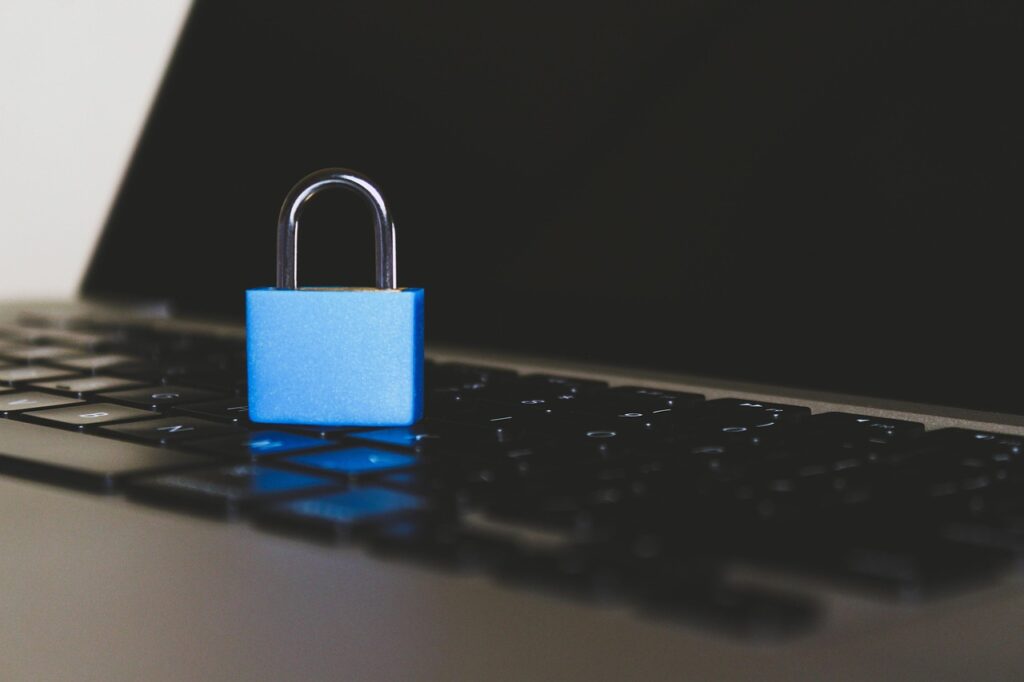Bring Your Own Device (BYOD) policies have been a staple of both remote and on-site work in the pandemic era. These policies allow workers to log in to their work information from their personal devices, enabling a range of benefits for both workers and their companies. However, BYOD invites security challenges as well.
From the threats posed by a broad spectrum of access points to the security measures available, employers have a lot to consider when it comes to digital integrity. These are some of the most important security considerations for strengthening your BYOD policies.
Security Threats to BYOD Policies
Let\’s start with the threats that abound for workplaces that allow personal devices to be used with their systems. Many risks are inherent with any network policy in the current digital landscape, where cyber threats have grown exponentially since COVID-19 emerged to change workflows and reliance on tech.
Among these threats are data theft, malware, and human error that allow information to slip through a network or malicious software to take hold. Each of these threats carries its own implications for cyber protection.
50% of companies with BYOD policies experience a data breach via an employee device. Protecting against these threats requires considering the risks and how they impact business data.
Data Theft and Loss
When business-critical information goes missing, the result is a blow to efficiency. Affected businesses will almost surely face downtime from systems impacted by the loss of essential data.
BYOD policies put companies at greater risk for data theft and loss. That\’s because our mobile devices\’ personal and ever-present nature often leaves us more careless than we should be with connected systems. Additionally, we\’re more exposed, transferring between networks and access points.
Meanwhile, the diverse types of devices and the ways employees use them present access point threats that can lead to a data breach. A malicious user might exploit such a breach and upload private information to the web or sell it on the black market.
Theft and loss of data like this lead to massive damages for businesses. The average cost of a data breach has risen to $4.24 million, representing an expense most businesses and individuals cannot afford.
Your BYOD policy has to be optimized against data leaks and breaches to better protect your organization.
Malware
Similarly, malware presents a threat wherever malicious users can infiltrate a system and leave something behind. Employee personal devices increase this threat since they present more private access points where hackers can hide, waiting to make their move.
Malware represents a host of nefarious digital tools aimed at exploiting a user. Examples of malware include
- Trojan horses
- Ransomware
- Adware
- Spyware
- Bots and botnets
Every one of these attack types can threaten the integrity of your company network regardless of whether or not you allow personal devices. To better protect your systems from these forms of attack, you\’ll need to consider security measures that can scan for and recognize malware on any device.
However, this is much easier said than done—especially when considering the role of human error in data breaches.
Human Error
Human error has been cited as a significant contributing factor in as many as 98% of data breaches. That means that in just about every case, attacks were only successful because of something that a worker got wrong in their security practices.
With a sharp rise in smishing and spam text message scams — with 334,524 complaints made to the FTC in 2020 alone — workers have to be more on guard against a costly mistake than ever. Opening the wrong text or clicking the wrong link can lead to a cyber-attack, so employee education and reinforced security standards are a must.
While these threats make for a dangerous digital environment, a BYOD policy can be just as strong as that of company-owned and provided tech. Not to mention the cost savings and employee satisfaction gains associated with such policies. All it takes are the right security solutions.
Security Solutions for BYOD Policies
Fortunately for businesses, security solutions for a BYOD policy don\’t have to be overly complex and costly. With the right policies, you can make your business more secure online no matter what devices workers bring to the network.
First and foremost, good password standards are a must. Then, things get stickier. Employers may wonder where to draw the line with device monitoring and digital privacy when dealing with employee-provided devices.
These security solutions can help you cultivate a safer network for your employees, virtual or otherwise.
Password Protection
Security with employee-provided devices starts with password protection. For every instance of access to business-critical information, employees should have to enter their password and another method of identification.
Strong password hygiene includes using longer passwords with a wide combination of characters, numbers, and symbols. Then, those passwords should be changed every 30-90 days to combat data leaks.
Multi-factor authentication is another method of protecting access to information on personal devices. This might include scanning biometric data like a fingerprint or sending a code through email. Use these tools to reinforce authorization measures with all devices.
Device Monitoring
Additionally, device monitoring measures are available to businesses to ensure system security and verify employee productivity. These exist in the form of remoting monitoring software capable of blocking inappropriate websites, measuring working time, and tracking web traffic.
However, you might be wondering how much monitoring is too much? After all, monitoring employees comes with legal demands that require an established, reasonable policy.
Here are a few tips for strengthening BYOD monitoring policies without crossing a privacy line:
- Clearly and transparently inform employees of how, why, and when their devices are monitored.
- Monitor only where there is justification for doing so, such as a suspected network breach or complaint.
- Be reasonable and empathetic, monitoring only where you would understand having your own device surveilled.
Considering Safer Policies
The range of threats businesses face when inviting employee personal devices requires careful defense. Fortunately, companies can enhance their security by implementing solutions like those listed here. Password protections ward off data theft, and device monitoring can prevent malware without compromising employee privacy.
Since reports indicate that two out of three workers use a personal device regardless of their organization\’s BYOD policy, implementing safer BYOD rules is your best security option. Explore enhanced security with these critical considerations, from threats to solutions.




Comments are closed.